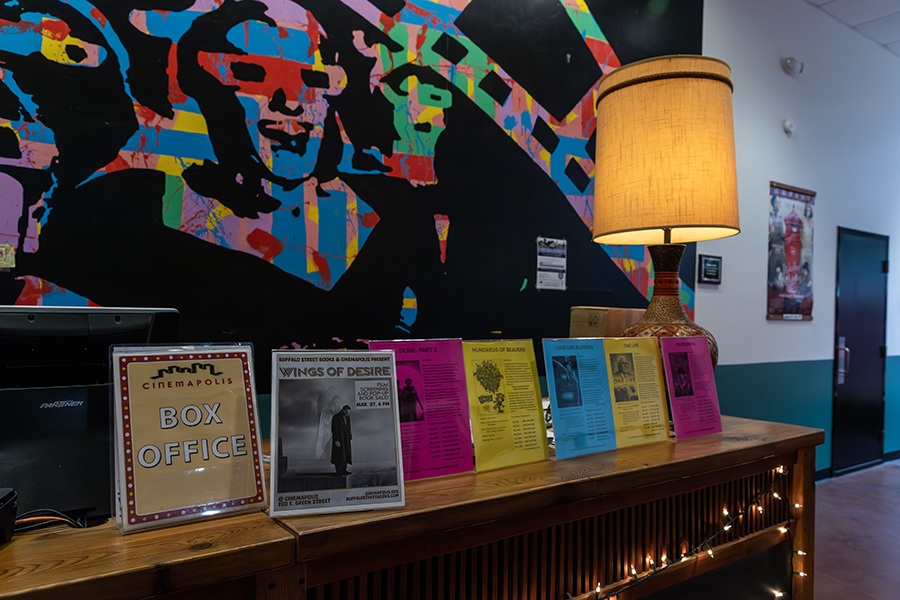Located in the art quad of Cornell University, the Herbert F. Johnson Museum of Art is a free art museum that features art from a multitude of artists. The museum opened in 1973 as a free of charge museum where students and residents alike could experience art pieces from across the globe. It is a place that serves its community by exposing them to different cultures through the art that they exhibit.
The eight-floored museum contains three permanent exhibit floors, as well as three other floors that contain traveling art exhibitions. The fifth floor is dedicated to Asian art, the second floor exhibits pre-1800s art and the first floor contains art from the 19th century to today. The museum also features a sculpture court and Cosmos installation outside of the second floor that is open seasonally. The museum also acts as a conference center and lecture hall. The museum features many Asian and Latin American art, including an ongoing exhibit of Colonial Spanish American art titled “Colonial Crossings,” which features 24 different paintings owned by the Thoma Foundation, located on the Floor 2L gallery.
The museum also features two other temporary exhibitions, including works from the Cornell Department of Art. The exhibit features paintings, photographs, videos, sculptures, drawings, ceramics and thread art pieces made by 18 Cornell art faculty members. The exhibit itself shows the diversity of not only the museum’s art, but the artists who run the museum and the art school, also located on the Floor 2L gallery.
In the 1L floor gallery, the museum is features Salvadorian visual artist and healer Guadalupe Maravilla’s “Armonía de la Esfera (Harmony of the Sphere).” It features pieces by Maravilla as well as pieces from the museum’s permanent collections from other artists, selected by the artist. One of the most powerful pieces is a sculpture that features a serpentine, skull-like bed that has a television with a moving eye on it. Above the sculpture is a hammock and behind it is a gong. This piece, as well as many of the pieces, features objects that add meaning to the pieces, like a loofah and a pair of children’s shoes.
Carlene Mwaura, a Cornell senior who is one of the student employees at the museum, expressed her interest in the museum’s art pieces from different parts of the world. She said her sentiments about the museum can be seen especially in their two upper floors.
“One thing I like about the museum is that it has a really diverse array of exhibits,” Mwaura said. “So it’s not just focused on European Centric art and artists. It’s diverse. Which I really like.”
Located in The Harris Gallery on the first floor of the museum is a collection of gifts donated by David M. Solinger, Cornell 1926. This exhibit features nine works of modern art, including a sculpture of a person walking, facing the hallway as if the statue is walking with the viewers. On this floor, visitors can also find a wall full of American paintings, including works from Albert Bierstadt and William Bradford.
The fifth floor gallery features the museum’s collection of Asian art. The collection features paintings, tapestries, ceramics and etchings from many East Asian, South Asian and Pacific countries and artists. This floor allows Ithaca residents to explore the rich culture of Asia and the diverse cultures and different art styles of each country. It features many different mediums from Iranian watercolor paintings to Indonesian shadow puppets.
The Johnson Museum is a space where art lovers can look at colorful, meaningful pieces of art, or learn a culture through their depictions of different nations’ histories. Anyone can visit the Johnson Museum of Art, Tuesday to Sunday from 10 a.m. to 5 p.m. The museum also has many upcoming workshops and experiences for the public to attend both online and in person like a “Journeys at Johnson” Family Workshop on April 6, and a symposium of the works of Claudia Joskowicz on April 11.














